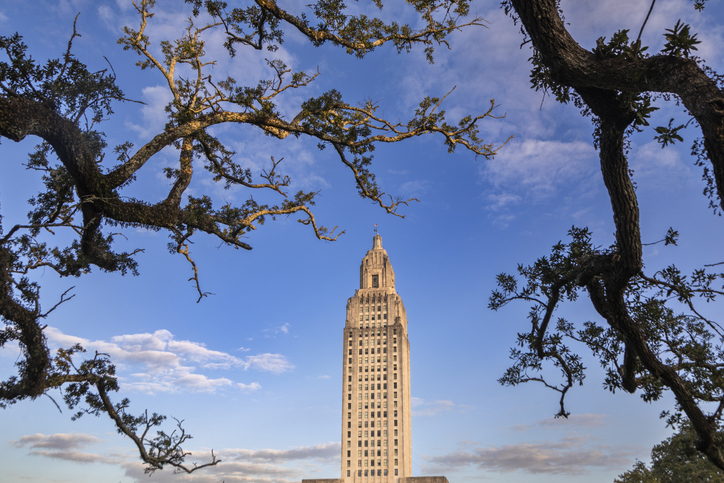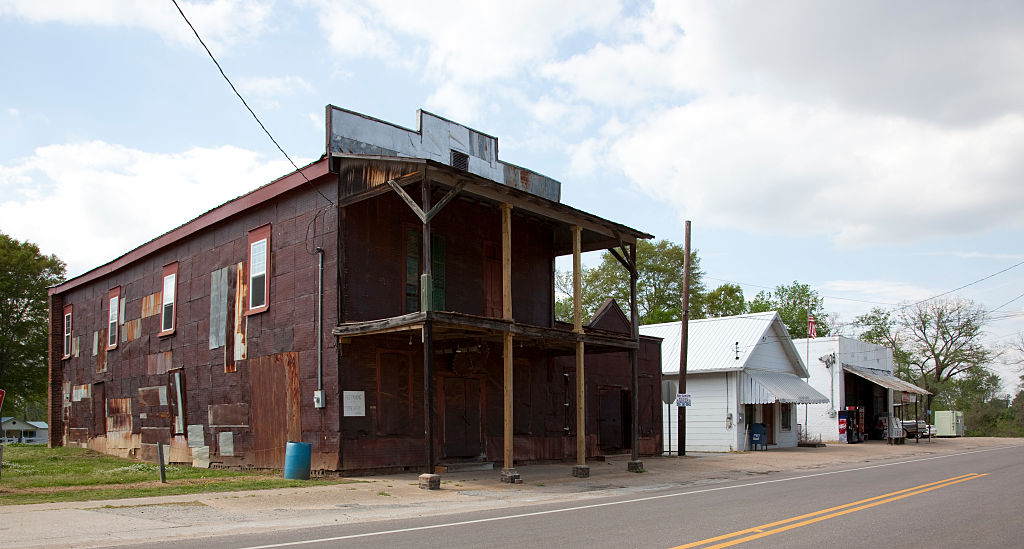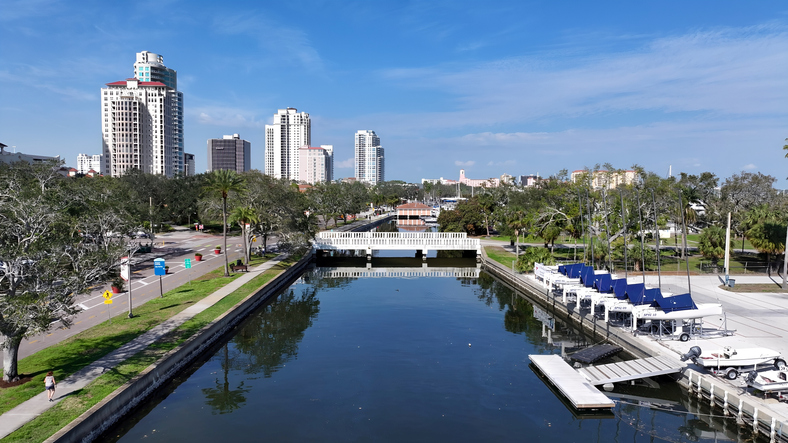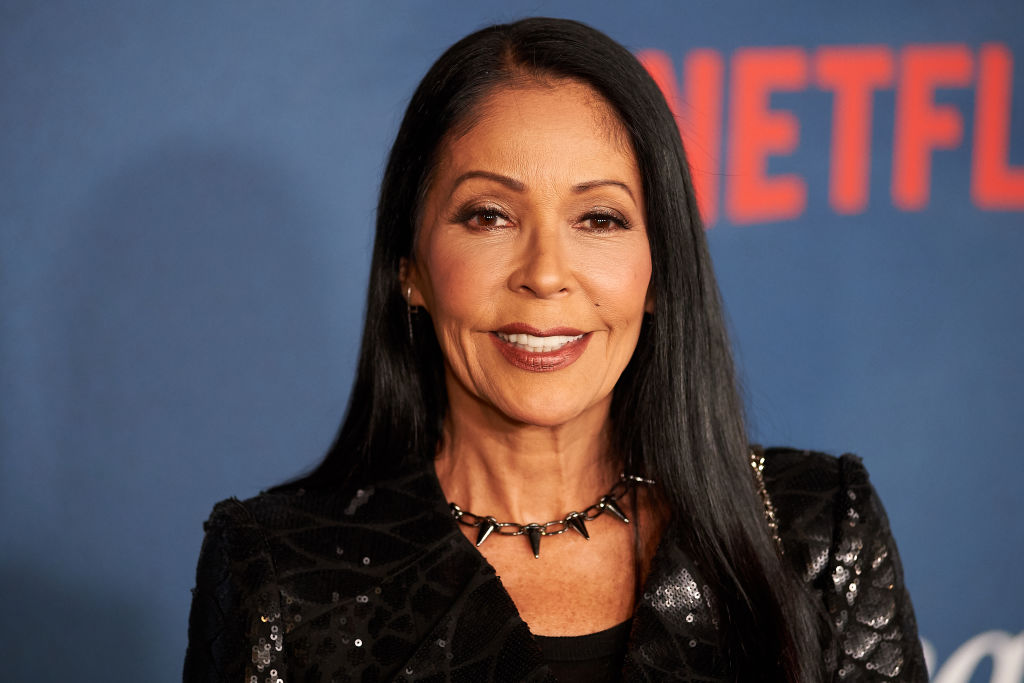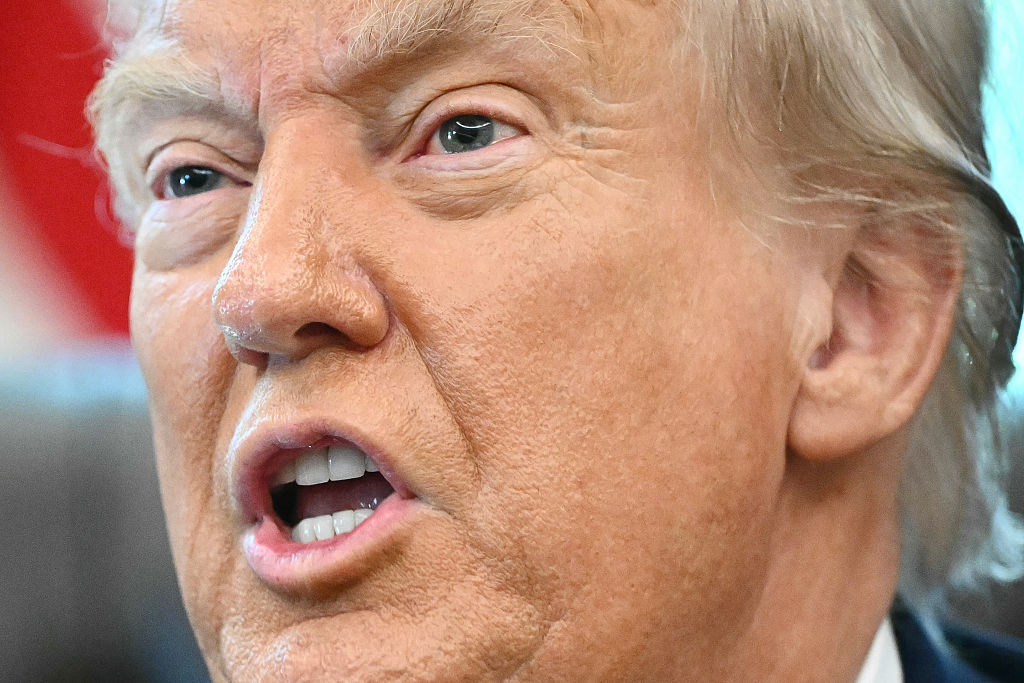Ferguson Grand Jury Docs Contain Obvious Witness Lies
Witnesses Gone Wild: Why Did McCullough Release Obvious Lies To Grand Jury?
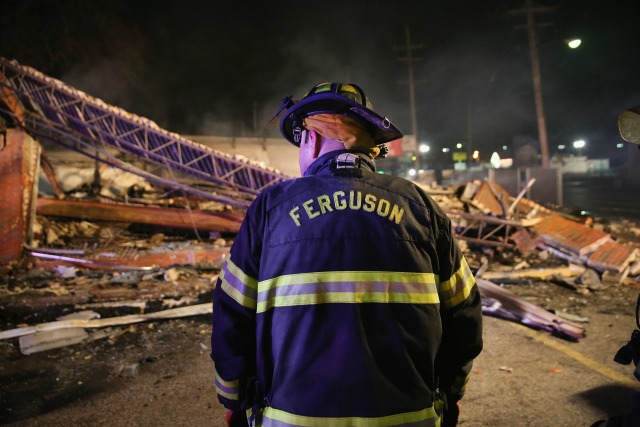
A Ferguson firefighter surveys rubble at a strip mall that was set on fire when rioting erupted following the grand jury announcement in the Michael Brown case on November 25, 2014 in Ferguson, Missouri. (Photo by Scott Olson/Getty Images)
Since the night St. Louis Country prosecutor Bob McCullough announced that police officer Darren Wilson would face no charges in the death of unarmed black teen Michael Brown and released thousands of documents in connection to the case, many interested parties have combed through the pages and analyzed them, trying to get a sense of why the grand jury decided not to indict.
CNN recently did a comprehensive breakdown of Ferguson witness reports which showed how witnesses on both sides presented conflicting information, changed their stories, and some lied under oath.
Analysts differ over why prosecutors called witnesses with questionable credibility. Some say the prosecution wanted to present a jumbled case, to help Wilson. Others say the intense scrutiny and likelihood of a separate federal probe make it common in some places to toss anything and everything at a grand jury probing a controversial police killing — even witnesses who prosecutors believe aren’t likely to tell the truth.
“Is it possible, do you think, that you dreamed about this after it happened and it feels real to you that you were up there?” a prosecutor asked. The witness insisted she knew it was real.
On the other side of the fence, there was another witness, 37, whose story did not seem credible either, but he pointedly asked prosecutors an interesting question.
From the testimony:
“If none of my stuff is making any sense, like why do y’all keep contacting me?” the witness asked.
And yet, all of this information, as well as dozens of others was included in grand jury testimony that ultimately resulted in Wilson’s non-indictment.
“The prosecutors didn’t want to indict,” Hostin says. “That’s why they conducted it that way.”









